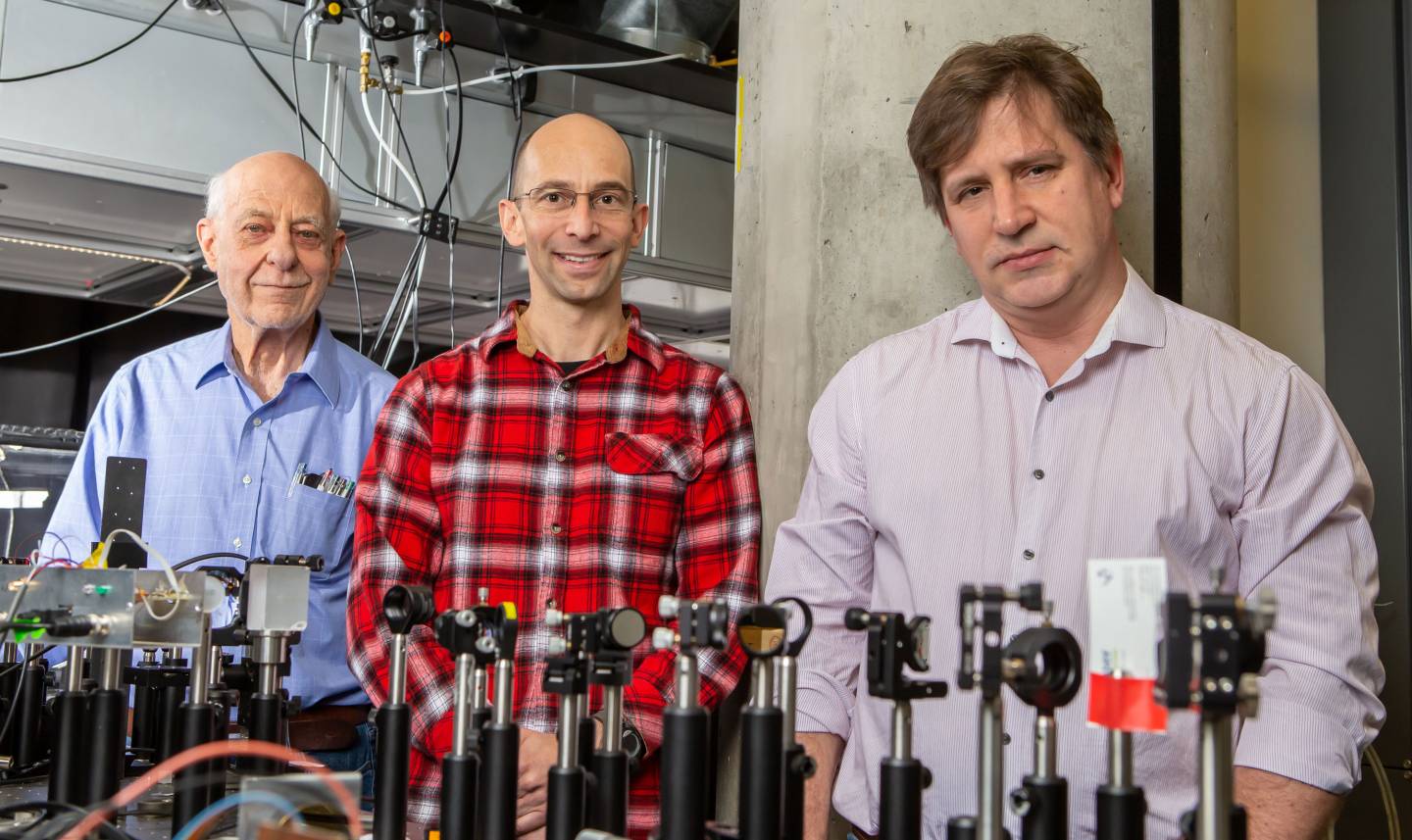New research endeavors with potential benefits for health, the environment, and molecular imaging have been awarded support from the Eric and Wendy Schmidt Transformative Technology Fund.
The fund spurs the exploration of bold new ideas that can accelerate progress on major challenges in science and engineering, pioneer new discoveries, and transform entire fields of inquiry. The projects were selected based on their capacity to lead to significant advances in the discovery or implementation of transformative technology.
“The Schmidt Transformative Technology Fund supports projects that have the power to lead to profound scientific discoveries and technological innovations,” said Dean for Research Pablo Debenedetti, the Class of 1950 Professor in Engineering and Applied Science and professor of chemical and biological engineering. "This year’s projects address scientific, technical and societal challenges by developing key capabilities -- in genomic editing, sustainable construction materials and molecular imaging -- that possess substantial potential for impacting society at large."
The fund was created through support from Eric Schmidt, the former chief executive officer of Google and former executive chairman of Alphabet Inc., Google’s parent company, and Wendy Schmidt, a businesswoman and philanthropist. Eric Schmidt earned his bachelor’s degree in electrical engineering from Princeton in 1976 and served as a Princeton trustee from 2004 to 2008.

Sujit Datta, assistant professor of chemical and biological engineering, Emily Davidson, assistant professor of chemical and biological engineering; and Reza Moini, assistant professor of civil and environmental engineering.
The funding supports the development of graduate students and postdoctoral researchers, and provides for equipment, materials and supplies, and prototypes. Since its creation in 2009, the fund has supported 30 research projects at Princeton.
Controlling flooding by letting the water soak in
Three faculty members aim to reduce urban flooding by developing a new concrete-like material that absorbs rainwater and then releases it slowly back to the environment. According to the team -- co-led by Reza Moini, assistant professor of civil and environmental engineering, Emily Davidson, assistant professor of chemical and biological engineering, and Sujit Datta, assistant professor of chemical and biological engineering -- the new material could be used in sidewalks, roads and other sections of the urban landscape.
The new material’s architecture will consist of large and small pores arranged to optimize both water uptake and mechanical robustness. The intended result will be a widely scalable concrete-like material that can benefit groundwater recharge, reduce flooding and potentially transform how urban landscapes are constructed.

Britt Adamson, assistant professor of molecular biology and the Lewis-Sigler Institute for Integrative Genomics; and Eszter Posfai, assistant professor of molecular biology.
Error-free genome editing for modeling diseases
With the goal of understanding the genetic basis of human diseases, two faculty members will lead a project to develop more efficient and accurate approaches to genome engineering in mice.
The team — co-led by Britt Adamson, assistant professor of molecular biology and the Lewis-Sigler Institute for Integrative Genomics, and Eszter Posfai, assistant professor of molecular biology — will work with the CRISPR-Cas system, which enables researchers to insert, delete or replace segments of a gene or combination of genes. The team will apply recent technical advances to generate new mouse models of human diseases, with the goal of accelerating biomedical research in many areas of human health.

Herschel Rabitz, the Charles Phelps Smyth '16 *17 Professor of Chemistry; Martin Jonikas, associate professor of molecular biology; and Alexei Goun, professional specialist in chemistry.
Breaking through barriers in molecular imaging
This project brings together researchers from molecular biology and chemistry to create an imaging system to identify the precise locations of molecules in living cells.
The team — consisting of Martin Jonikas, associate professor of molecular biology, Alexei Goun, professional specialist in chemistry, and Herschel Rabitz, the Charles Phelps Smyth '16 *17 Professor of Chemistry — intends to build a multi-step imaging system that maps the locations of individual molecules.
They’ll employ the system to investigate one of the most important molecules to society, carbon dioxide, with a focus on how plant cells take up carbon dioxide and remove it from the atmosphere. The team expects that the technology will be able to track molecules in their native environments, aiding research in areas from medicine to geosciences.







